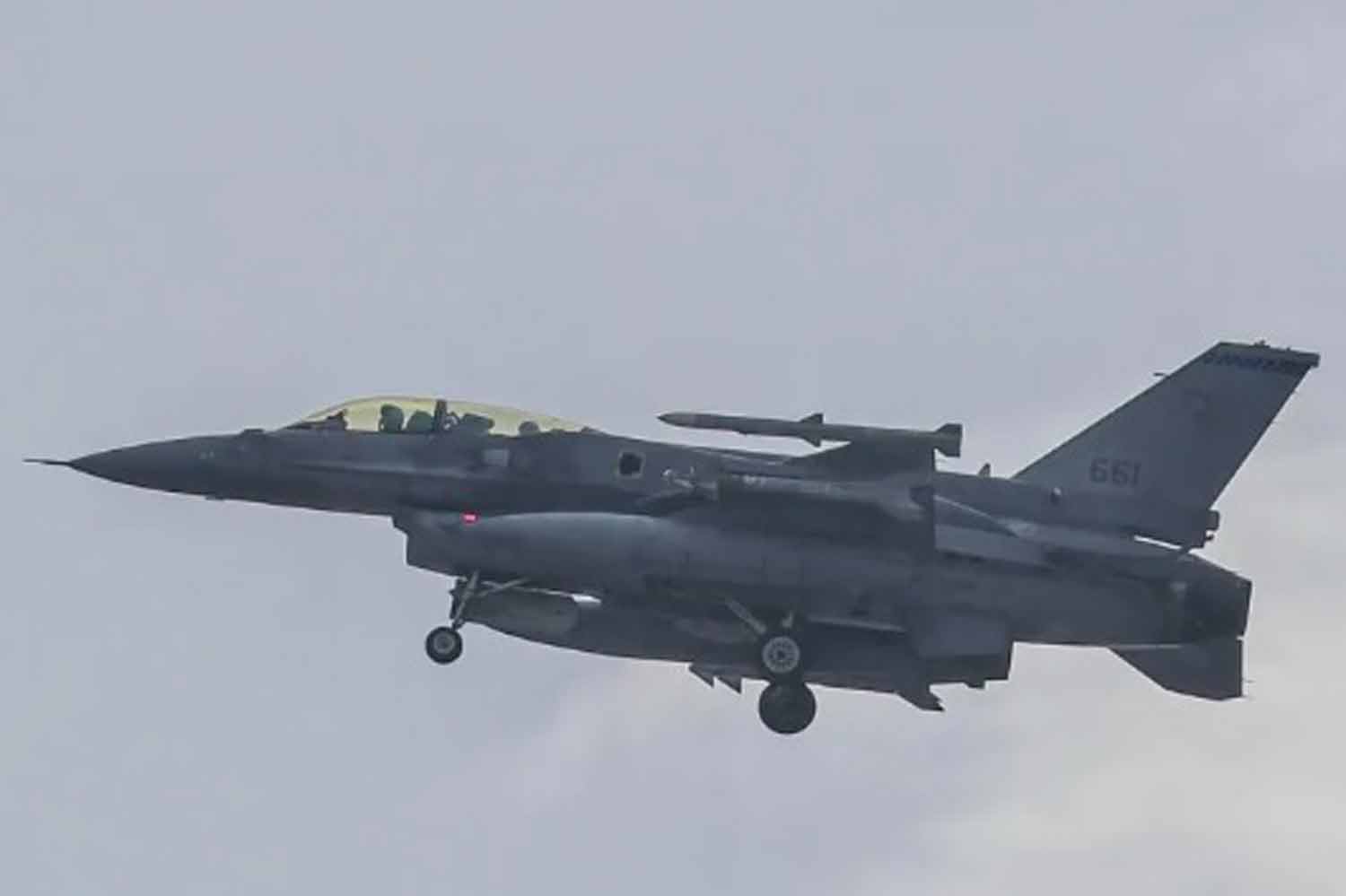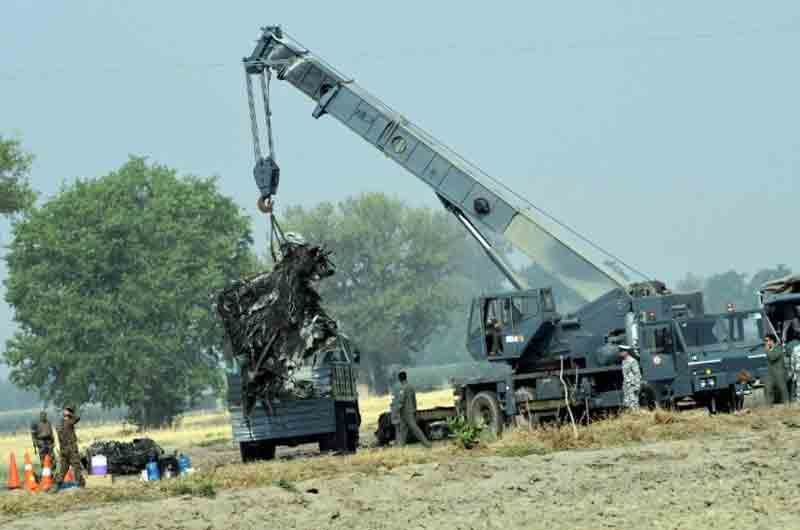Expenditure on arms and research is increasing among certain Asian nations as they react to a deteriorating security situation by expanding their external industrial collaborations while also striving to enhance their own defense sectors, according to a recent study.
The annual Asia-Pacific Regional Security Assessment, published on Wednesday by the London-based International Institute for Strategic Studies (IISS), indicated that external industrial assistance remains crucial even as regional countries ultimately pursue self-sufficiency. “Recent conflicts in Ukraine and the Middle East, along with escalating U.S.-China strategic rivalry and the decline of the Asia-Pacific security environment, may result in a growing wave of defense-industrial collaborations,” the report stated. “Competitive security dynamics over ongoing flashpoints … contribute to the necessity of developing military capabilities to address these issues.”
As Asia-Pacific states develop the strategic maturity of their military cyber forces, they need to consider how threats to physical infrastructure such as submarine cables and satellite constellations cut across layers of cyberspace, requiring multi-domain defence.
Read the… pic.twitter.com/jNhSnPrrka
— IISS News (@IISS_org) May 28, 2025
Defense procurement and research and development expenditures increased by $2.7 billion from 2022 to 2024, reaching $10.5 billion among key Southeast Asian nations including Indonesia, Malaysia, the Philippines, Singapore, Thailand, and Vietnam. This surge occurs despite these countries spending an average of 1.5% of their GDP on defense in 2024, a figure that has remained relatively stable over the past decade.
The report, released in advance of this weekend’s annual Shangri-La Dialogue defense meeting in Singapore, noted that Asia-Pacific countries still depend on imports for the majority of essential weapons and equipment. These items include submarines, combat aircraft, drones, missiles, and advanced electronics for surveillance and intelligence gathering.
The informal gathering in Singapore, which includes global defence and military officials, is anticipated to be heavily influenced by uncertainties arising from the ongoing Ukraine conflict, the security policies of the Trump administration, and regional tensions regarding Taiwan and the contested busy waterway of the South China Sea.
According to the study, Saudi Arabia and the United Arab Emirates are becoming increasingly proactive and making significant progress, although European companies maintain a notable and growing presence in the region through technology transfers, joint ventures, and licensed assembly agreements.
The UAE has established a diverse network of partners, including China’s NORINCO weapons conglomerate and its competitor, India’s Hindustan Aeronautics. The study noted that joint development initiatives can be challenging, citing lessons learned from India’s two-decade partnership with Russia to create the BrahMos supersonic anti-ship missile.
While this feared weapon is currently in service with India, its exports have faced obstacles due to the absence of a clear strategy, with shipments to its first third-party client, the Philippines, not commencing until 2024, the study indicated. Strengthening ties between Russia and China could further complicate the missile’s development, especially if Moscow opts to prioritize its relationship with Beijing to create a hypersonic variant of the missile.
Discover more from Defence Talks | Defense News Hub, Military Updates, Security Insights
Subscribe to get the latest posts sent to your email.





